A new festival dedicated to art and history makes Malta the perfect spring break - Scotland on Sunday Travel
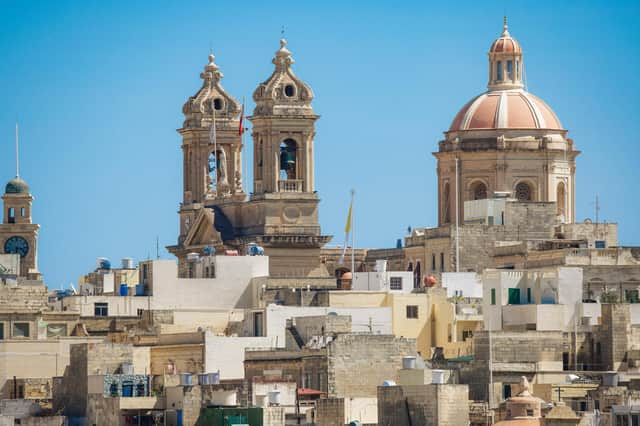

Standing next to a wood-fired oven, I watch as my ftira turns golden, the cheese bubbles and the thinly sliced potatoes crisp up.
Mere minutes ago, it was nothing more than a ball of dough.
I’m pretty pleased with my efforts as chef Karl Mallia dishes my homemade lunch onto the table. Somewhere between a pizza, a pitta and a pie, this melding of cuisines – created during a cooking class at Girgenti Olive Grove – sums up my Maltese experience.
Advertisement
Hide AdAdvertisement
Hide Ad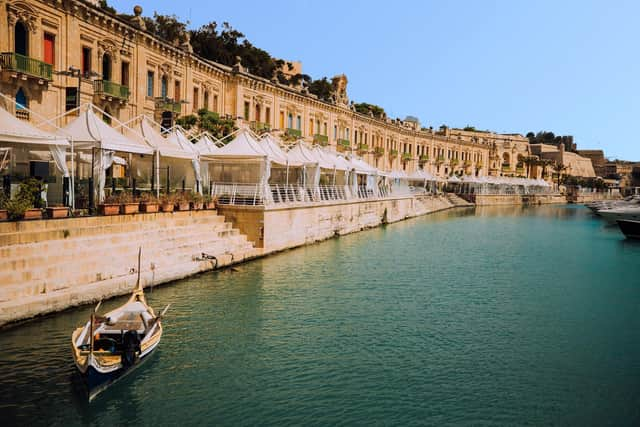

This small archipelago in the Mediterranean between Sicily and the North African coast has a rich history of different cultures, having hosted – not always willingly – the Romans, Napoleon and the British Empire among others over the years.
Given its convenient geographical location, the island nation may have been vulnerable to invasion, but its resilience and fighting spirit is evident as we traverse the beautiful walled cities of Valletta and Mdina, as well as the somewhat imposing Citadel, a ferry ride away on nearby sister island Gozo.
It is fitting that my visit involves a trip to one of Malta’s many olive groves, a 20-minute drive from capital city Valletta, as these form part of the theme for the country’s first-ever biennale.
From March until the end of May, visitors can take in the major celebration of art, heritage and culture, under the theme Baħar Abjad Imsaġar taż-Żebbuġ, meaning White Sea Olive Groves.
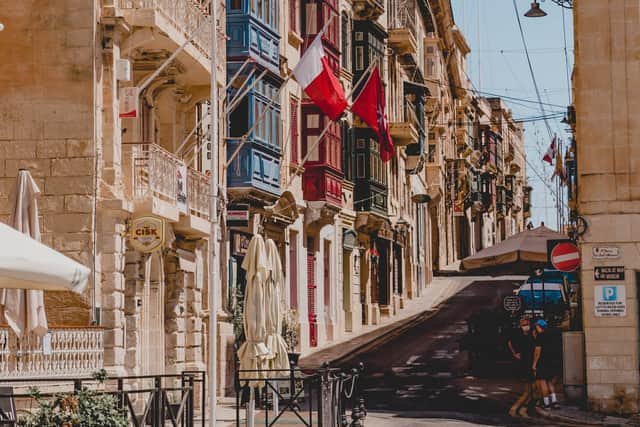

Organisers say it will be a “provocative artistic initiative inviting a rethink of global mindsets about art and society”, with the olive branches representing peace and harmony against the backdrop of the sparkling white seas that surround them.
While the island’s population is just over half a million, when sun-seekers arrive in their droves in high season, it swells. More than three million tourists visited in 2023.
Peak season in the summer months can be crammed and, with the mercury sometimes hitting as high as 40C in July and August, a cooler and perhaps slightly less crowded trip either side of these periods is advisable.
The biennale – which should see perfect spring temperatures in the low to mid 20s – is intended to see a fusion of contemporary art with Malta’s rich heritage.
Advertisement
Hide AdAdvertisement
Hide Ad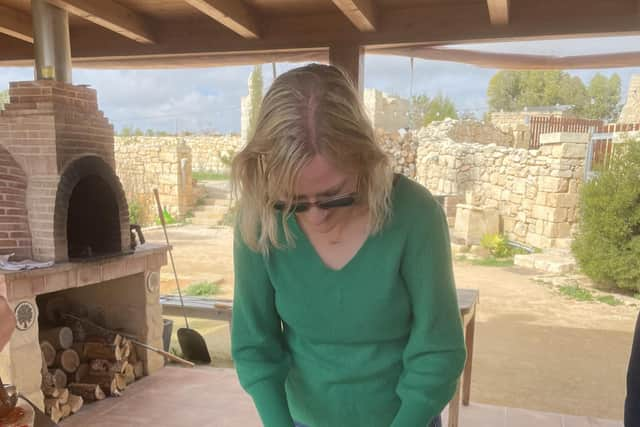

Some of the island’s best-known sites will become stages for art and performances, while artistic films, interactive workshops, and family-friendly events will take place. I imagine visitors will be in for a treat because I already find myself wowed by how much Malta has to offer, and that’s before the biennale has begun.
Leaving the quiet Maltese countryside behind, I explore the cobbled laneways of the ancient fortified cities of Valletta, Malta’s capital, and Mdina, its predecessor.
It is no wonder films such as Napolean and TV shows like Game of Thrones have been shot here. The ancient limestone facades provide a breathtaking ready-made film set.
Among the legacies of occupation across the centuries on the island, none is surely more visible than that of the grandly-named Knights of St John. Made up of noblemen from the most important families in Europe, the order ruled the islands for 250 years. A trip to St John’s Co-cathedral (entrance €15/£13 per adult) is a feast for the eyes. Not one inch of wall, ceiling or floor is left plain – instead the walls are covered in gold, the high ceilings display intricate paintings and the ground we walk upon is made up of marble tombstones laid in tribute to knights of the order.
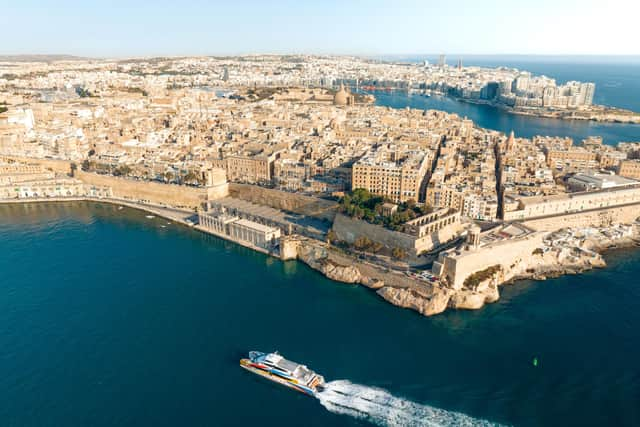

After our visit, I can now also count myself among those to have seen the only Caravaggio masterpiece known to be signed, as the Italian artist’s famed The Beheading of St John hangs in an oratory within the cathedral.
The island’s former capital Mdina is another wondrous legacy of the Knights. Sometimes known as the Silent City, the name seems apt given that its current population is thought to number less than 250.
As we weave through its narrow, winding laneways, our guide explains the design was designed to foil attackers shooting arrows in years gone by.
Far from dodging danger, we instead enjoy a gentle stroll through this mix of medieval and baroque architecture, past a tea garden and through the square where St Paul’s Cathedral stands tall.
Advertisement
Hide AdAdvertisement
Hide AdThe Knights, an ancient Catholic order, certainly left their mark, with some five churches in this small city, as well as images of the Sacred Heart and Jesus’ mother Mary outside the doors on some of the homes we pass.
For the history buffs there is an endless array of things to see and no better place to start than hopping on the ferry to neighbouring island Gozo to check out temples which pre-date both Stonehenge and the Egyptian pyramids.
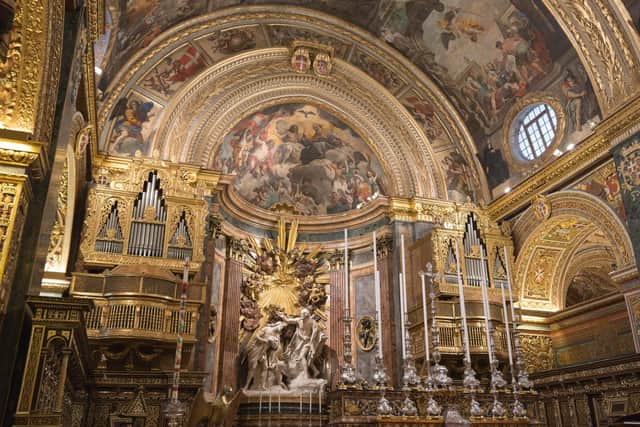

Walking through the UNESCO World Heritage site of Ġgantija Archaeological Park truly feels like a step back in time as we marvel at the huge limestone blocks and wonder how on earth people were able to move them into position back in 3600 BC.
For the best views of Gozo, the Citadel – an ancient fortified city in the middle of the island – is the place to go. Our guide tells us that only a handful of people live in the Citadel now, but it was once a place which provided protection from invasion, with Gozitans – the name for people living on the island – taking shelter within its thick walls when the bells tolled to warn of danger incoming.
Back on Malta, I take the chance to visit Vittoriosa – one of the Three Cities. Along with Senglea and Cospicua, this fortified town was founded by the Knights of the Order of Saint John in the 16th and 17th centuries.
Venice might have its gondolas but Malta is a strong rival with its dghajsa wooden water taxis, one of which takes us on the five-minute crossing from Valletta.
The surroundings are even more stunning from the water, as we pass across the small stretch, taking in the sights of the Grand Harbour. Previously used to take sailors from their ships, ours is powered by motor rather than oars and at just €2 (£1.70) one-way it is surprisingly cheap and, while short, is one of the highlights of my trip.
In contrast, some 250 metres above sea level, Dingli Cliffs on the opposite western side of the island are the highest point on Malta. After an hour’s drive to reach the site from Valletta, we are treated to stunning views of the sun-kissed water and green, terraced fields below.
Advertisement
Hide AdAdvertisement
Hide AdThe tiny 17th-century church of St Mary Magdalene perched on top opens just once a year for her feast day on July 22. While our visit is short to breathe in the fresh air and savour the blue meeting of sky and sea, I decide I’ll pack my hiking boots for a return visit to explore more of this beautiful coastline.
How to plan your trip
Fly to Malta from London Heathrow Airport with AirMalta from €78/£66 one way. Flights operate daily. Visit airmalta.com.
Stay at Malta Marriott Hotel and Spa from £218 per room per night. Visit marriott.com.
For more information on the destination and biennale, go to visitmalta.com.